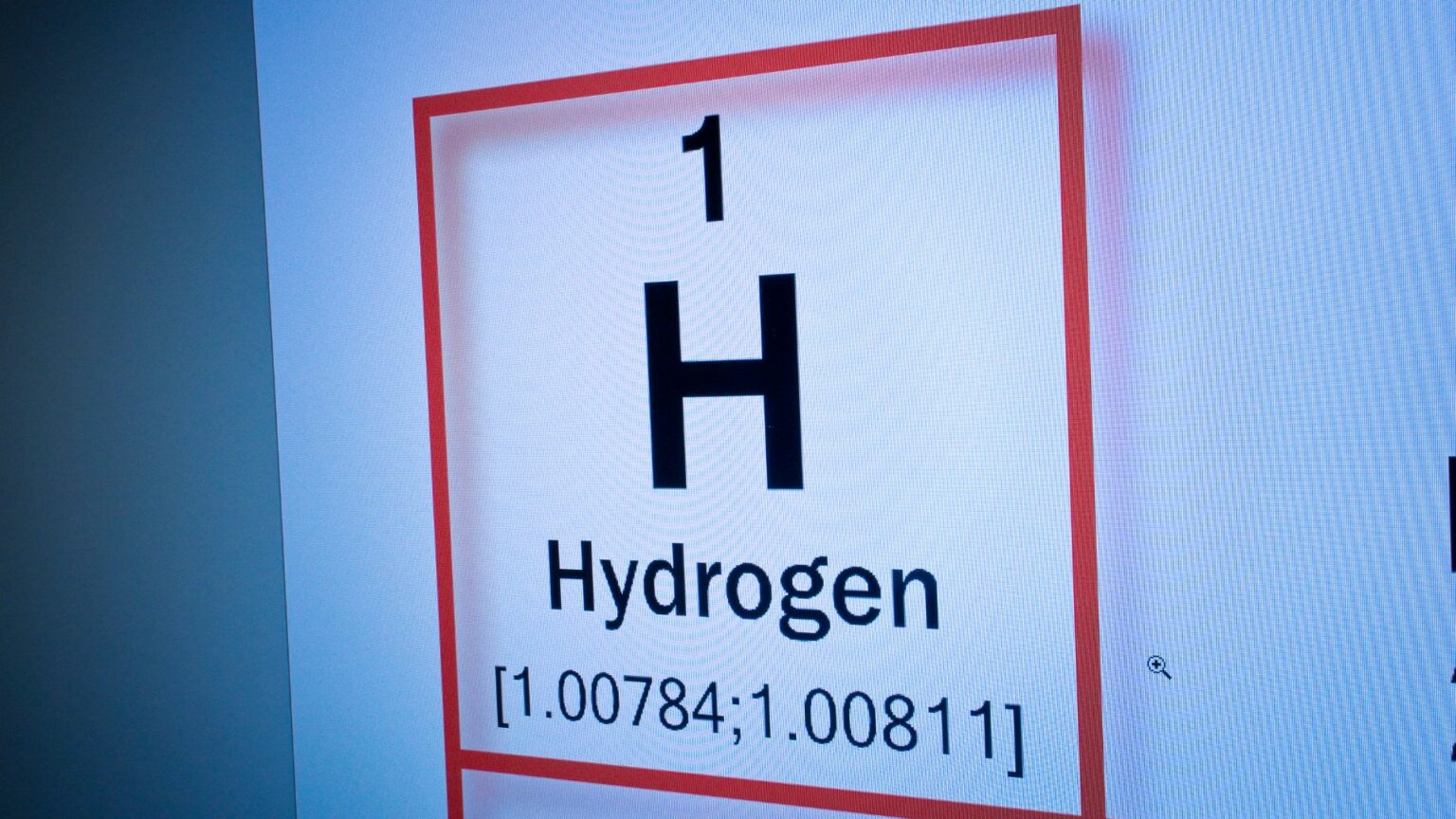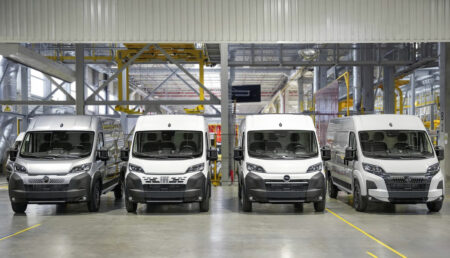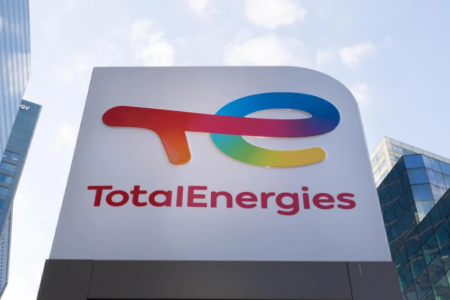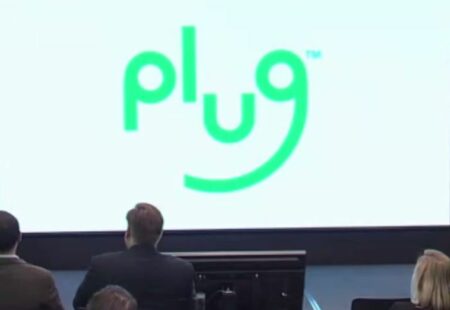The United States is embarking on a monumental journey to transform its energy landscape with a significant focus on hydrogen.
With a whopping $7 billion allocated by the U.S. government for hydrogen hubs across the nation, the stage is set for a paradigm shift in energy consumption. The primary goal is to gradually phase out diesel fuel in the trucking industry and stationary power, while promoting hydrogen as a cleaner alternative.
The commitment to hydrogen as a sustainable energy source is not confined to the government’s financial support. In addition to the $7 billion federal investment, states and industries are contributing over $50 billion to bolster the hydrogen ecosystem. This multi-pronged approach aims to both increase the supply of hydrogen and create a substantial demand for this eco-friendly energy source, particularly in the transportation sector.
While hydrogen holds immense promise, there is a paradox that surrounds its production. Currently, generating significant quantities of hydrogen relies on the utilization of fossil fuels, a practice that runs counter to the sustainability objectives of the hydrogen economy. This process results in carbon emissions, which are at odds with the vision of green, clean energy.
To delve deeper into the intricacies of the U.S. hydrogen revolution, WardsAuto Podcast Host David Kiley engages in a compelling conversation with Thomas J. Stephenson. Mr. Stephenson is the co-founder, Chairman, and CEO of Pajarito Powder, a prominent supplier to the hydrogen industry. With his extensive expertise, he offers insights into the selection of sites for the upcoming hydrogen hubs, the substantial investments being made in hydrogen production, particularly “green” hydrogen, and the challenges associated with building a robust hydrogen economy in the United States.
One of the key focus areas within the U.S. hydrogen revolution is the production of “green” hydrogen. Green hydrogen is manufactured through a process called electrolysis, where electricity generated from renewable sources like wind or solar power is used to split water into hydrogen and oxygen. This method not only eliminates carbon emissions but also aligns perfectly with the goals of a clean, sustainable hydrogen economy.








